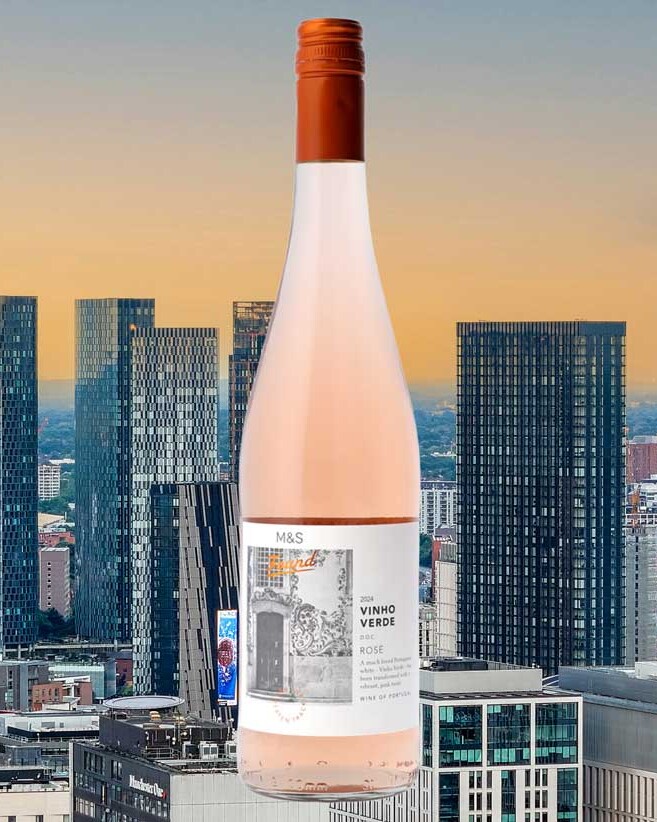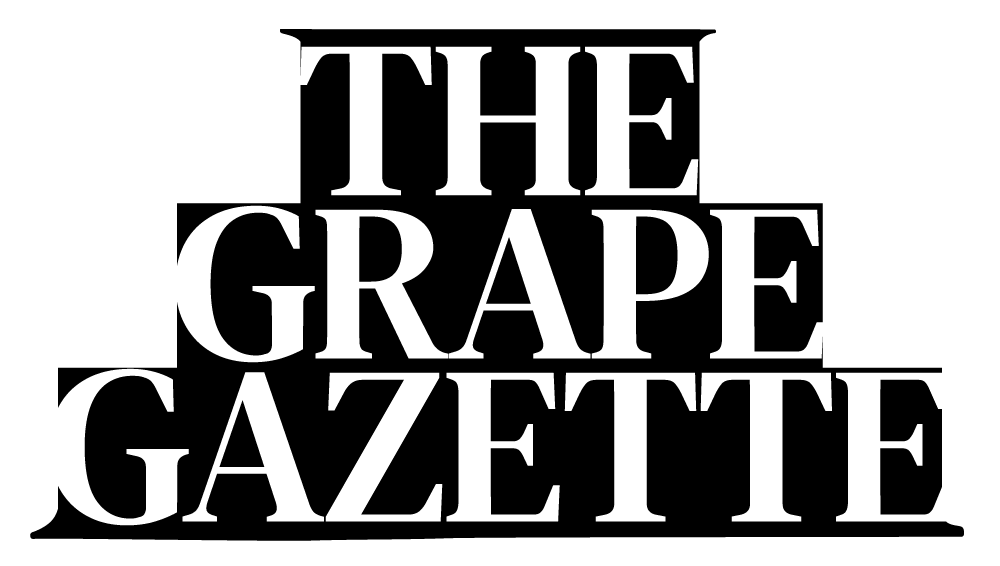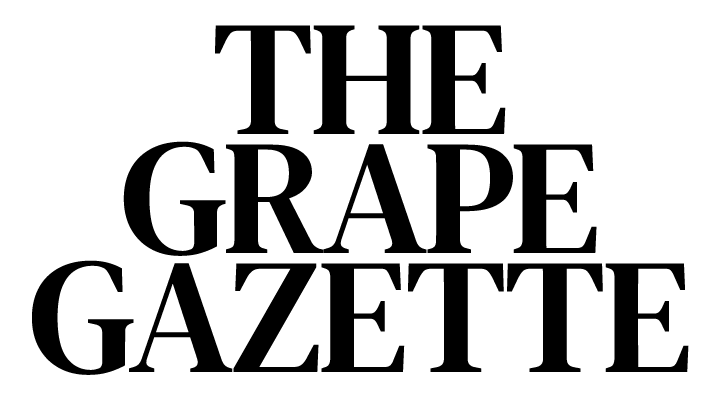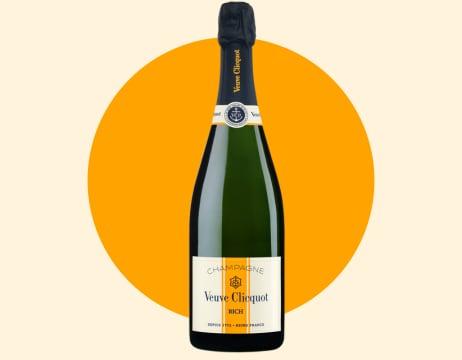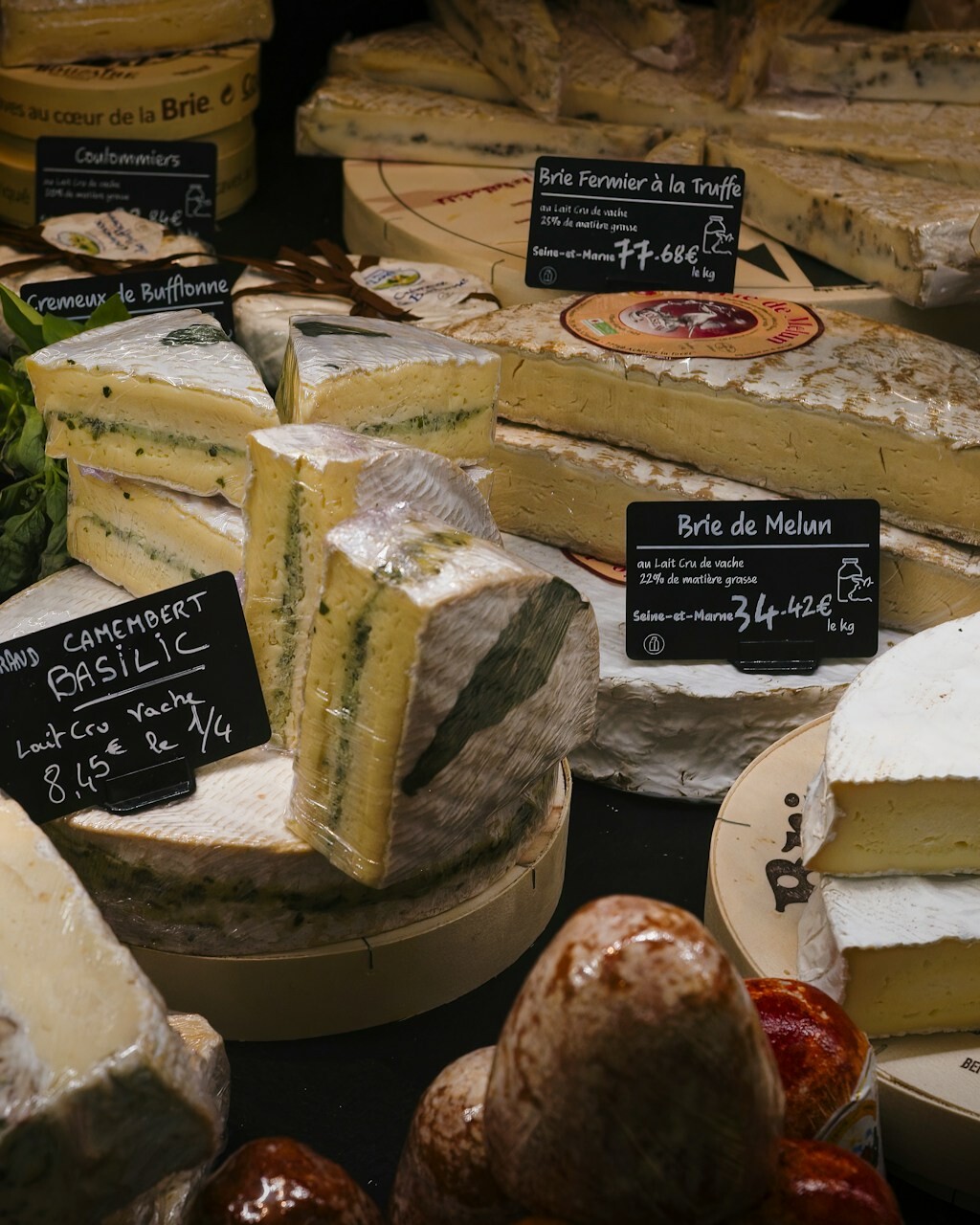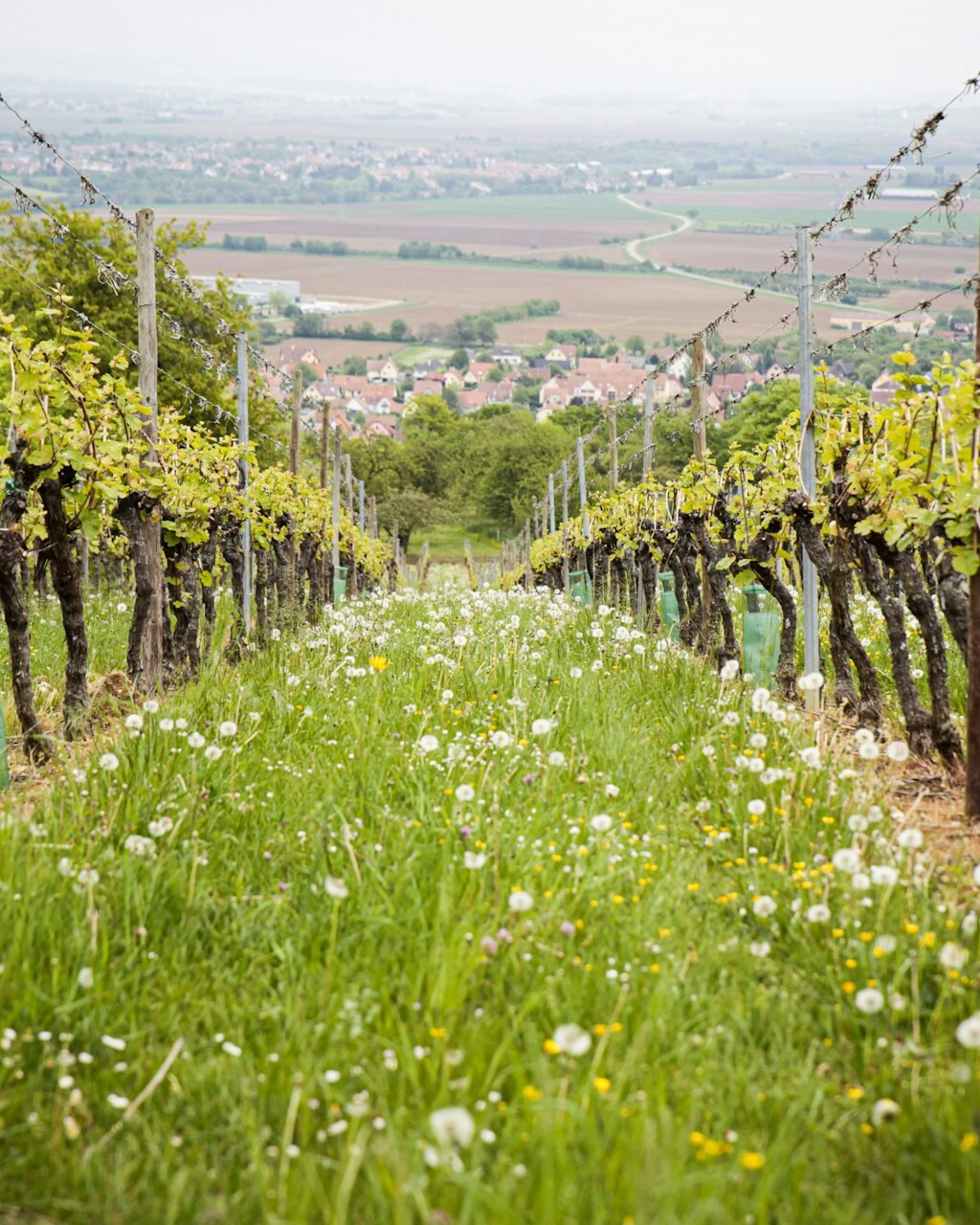You’ve been lied to. Or at least misled.
For years, we’ve all been told that red wine is the ultimate cheese companion. But while a Bordeaux with Brie sounds romantic in theory, in practice it can often be too tannic, too heavy, or just completely overpower the subtleties of what’s on the cheese board.
Enter Champagne.

It’s bright, refreshing, and surprisingly versatile. The high acidity, lively bubbles, and gentle alcohol levels make it an unexpectedly perfect match for many styles of cheese. Not only does Champagne cut through richness like a dream, but it also lifts flavours, resets your palate, and keeps every bite feeling fresh. Once you’ve had it with Comté, you may never look back.
Why Champagne Works
So why is Champagne such a good partner for cheese?
First, acidity. Champagne is known for its brisk, zippy acid, which is exactly what you need to cut through the fat and creaminess of most cheeses. It acts almost like a palate cleanser between bites, balancing richness with brightness.
Second, bubbles. The effervescence isn’t just for show. Those fine, elegant bubbles scrub your palate clean, especially with softer, creamier cheeses that can cling. It’s texture meeting texture, and it works.
Lastly, alcohol. Red wines often come in at 13.5% or higher, which can clash with delicate cheeses or amplify saltiness. Champagne’s lower alcohol level keeps things softer, smoother, and more food-friendly overall.
Pairing by Cheese Style
The real magic comes when you start matching Champagne styles to specific cheese types. Not all bubbly is built the same, and a little knowledge goes a long way.
Soft Cheeses (Brie, Camembert)
The rich, gooey interior of soft-ripened cheeses begs for a wine that can lift and cut. Blanc de Blancs Champagne, made entirely from Chardonnay, is your go-to here. It’s zesty, lean, and citrusy, often with chalky minerality that complements the buttery core of a good Brie.
Hard Cheeses (Comté, Cheddar)
These cheeses have a firmer texture and deeper, nuttier flavours. Brut Nature or Extra Brut styles work brilliantly because they’re bone dry and structured enough to stand up to the density of the cheese. A Rosé Champagne also adds red fruit lift and visual flair.
Washed-Rind Cheeses (Époisses, Taleggio)
Let’s be honest, these are the wild cards. Washed-rind cheeses can be pungent and funky, and they need a Champagne that can meet them where they are. Go with a vintage or an oxidative style, something with a bit of age, toastiness, and backbone. You want complexity on both sides of the pairing.
Blue Cheeses (Stilton, Roquefort)
This is where sweet Champagne shines. Look for a Demi-Sec or Doux style to offset the salt and spice of blue cheese. The sugar balances the sharpness while the acid keeps it all from getting too cloying. Crémant rosé can also be a great value alternative if you’re playing with fruity-salty contrasts.
Hosting a Cheese & Champagne Night
Ready to try it for yourself? Hosting a Champagne and cheese night is a great way to show off your wine knowledge without being pretentious, and it’s surprisingly easy to pull off.
Start with the right order. Like any tasting, it helps to go from light to bold. Begin with soft cheeses and lighter Champagnes like Blanc de Blancs, then build up to aged, funky, or blue cheeses with fuller-bodied or sweeter styles.
Serve cheese at room temperature, but keep the Champagne nicely chilled (around 8–10°C). Use white wine glasses if you can, they’ll give the wine room to breathe and keep the aromas from getting lost in a narrow flute.
Don’t forget the extras: fresh bread or crackers, a few fruits or nuts, and plenty of water for resets. The more texture variety you have on the board, the more the Champagne gets to shine.
Suggested Pairing Combos
- Brie with Ruinart Blanc de Blancs
Creamy meets citrusy elegance. The chalky finesse of Ruinart is perfect for a triple crème. - Comté with Charles Heidsieck Brut Réserve
Deep, nutty cheese meets a structured, rich Champagne. Think roasted apple, toasted brioche, and balance. - Stilton with Veuve Clicquot Rich
The slightly sweeter profile of Veuve Rich lifts the salt and funk in Stilton beautifully. Try with a touch of dried apricot on the side. - Camembert with Crémant de Bourgogne
If you’re after value, Crémant is your friend. Camembert’s earthiness softens with the ripe orchard notes in a good Crémant.
Conclusion
Champagne and cheese might sound counterintuitive, but once you try it, there’s no going back. It’s fun, unexpected, and elevates even the most casual night in. Instead of defaulting to red wine, lean into the brightness, balance, and energy that Champagne brings to the table.
So next time you build a cheese board, forget the cabernet. Pop a bottle of Champagne instead, your palate will thank you.
September 20, 2025
Vinho Verde Rosé Review – M&S
Read More
